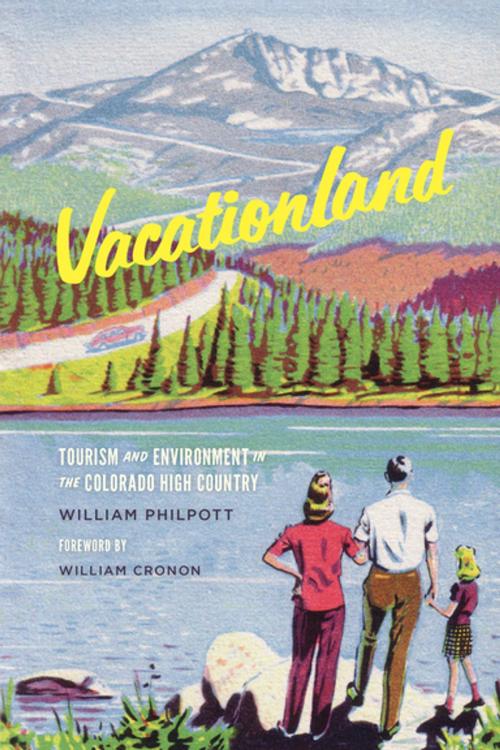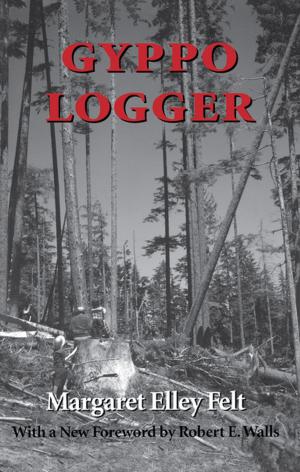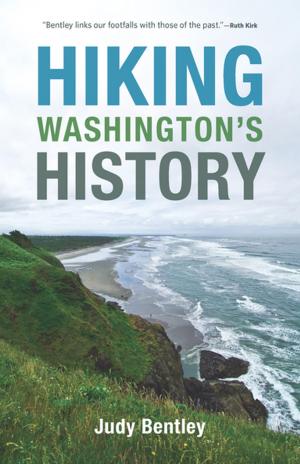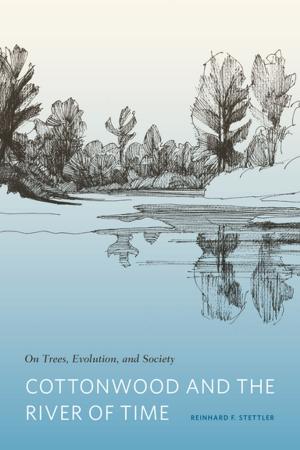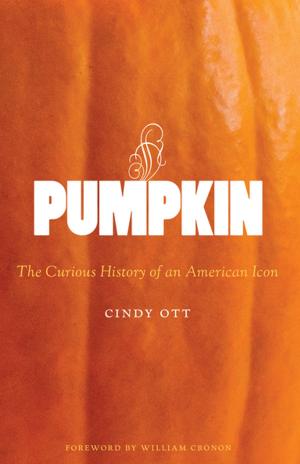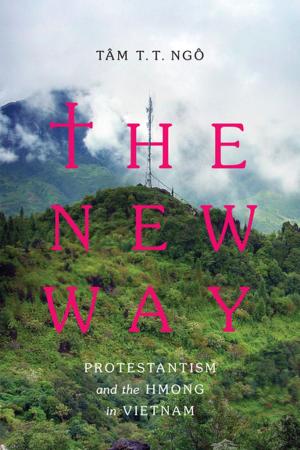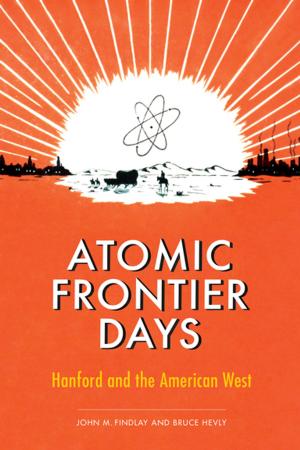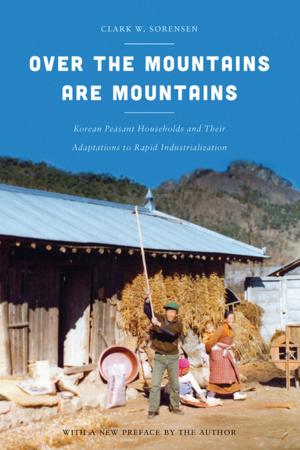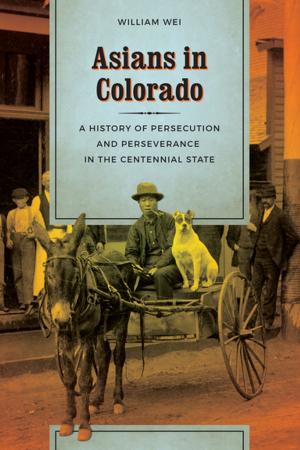Vacationland
Tourism and Environment in the Colorado High Country
Nonfiction, Science & Nature, Technology, Agriculture & Animal Husbandry, History, Americas, United States, Business & Finance| Author: | William Philpott | ISBN: | 9780295804613 |
| Publisher: | University of Washington Press | Publication: | August 25, 2013 |
| Imprint: | University of Washington Press | Language: | English |
| Author: | William Philpott |
| ISBN: | 9780295804613 |
| Publisher: | University of Washington Press |
| Publication: | August 25, 2013 |
| Imprint: | University of Washington Press |
| Language: | English |
Winner of the Western Writers of America 2014 Spur Award for Best Western Nonfiction, Contemporary
Mention the Colorado high country today and vacation imagery springs immediately to mind: mountain scenery, camping, hiking, skiing, and world-renowned resorts like Aspen and Vail. But not so long ago, the high country was isolated and little visited. Vacationland tells the story of the region's dramatic transformation in the decades after World War II, when a loose coalition of tourist boosters fashioned alluring images of nature in the high country and a multitude of local, state, and federal actors built the infrastructure for high-volume tourism: ski mountains, stocked trout streams, motels, resort villages, and highway improvements that culminated in an entirely new corridor through the Rockies, Interstate 70.
Vacationland is more than just the tale of one tourist region. It is a case study of how the consumerism of the postwar years rearranged landscapes and revolutionized American environmental attitudes. Postwar tourists pioneered new ways of relating to nature, forging surprisingly strong personal connections to their landscapes of leisure and in many cases reinventing their lifestyles and identities to make vacationland their permanent home. They sparked not just a population boom in popular tourist destinations like Colorado but also a new kind of environmental politics, as they demanded protection for the aesthetic and recreational qualities of place that promoters had sold them. Those demands energized the American environmental movement-but also gave it blind spots that still plague it today.
Peopled with colorful characters, richly evocative of the Rocky Mountain landscape, Vacationland forces us to consider how profoundly tourism changed Colorado and America and to grapple with both the potential and the problems of our familiar ways of relating to environment, nature, and place.
Winner of the Western Writers of America 2014 Spur Award for Best Western Nonfiction, Contemporary
Mention the Colorado high country today and vacation imagery springs immediately to mind: mountain scenery, camping, hiking, skiing, and world-renowned resorts like Aspen and Vail. But not so long ago, the high country was isolated and little visited. Vacationland tells the story of the region's dramatic transformation in the decades after World War II, when a loose coalition of tourist boosters fashioned alluring images of nature in the high country and a multitude of local, state, and federal actors built the infrastructure for high-volume tourism: ski mountains, stocked trout streams, motels, resort villages, and highway improvements that culminated in an entirely new corridor through the Rockies, Interstate 70.
Vacationland is more than just the tale of one tourist region. It is a case study of how the consumerism of the postwar years rearranged landscapes and revolutionized American environmental attitudes. Postwar tourists pioneered new ways of relating to nature, forging surprisingly strong personal connections to their landscapes of leisure and in many cases reinventing their lifestyles and identities to make vacationland their permanent home. They sparked not just a population boom in popular tourist destinations like Colorado but also a new kind of environmental politics, as they demanded protection for the aesthetic and recreational qualities of place that promoters had sold them. Those demands energized the American environmental movement-but also gave it blind spots that still plague it today.
Peopled with colorful characters, richly evocative of the Rocky Mountain landscape, Vacationland forces us to consider how profoundly tourism changed Colorado and America and to grapple with both the potential and the problems of our familiar ways of relating to environment, nature, and place.
